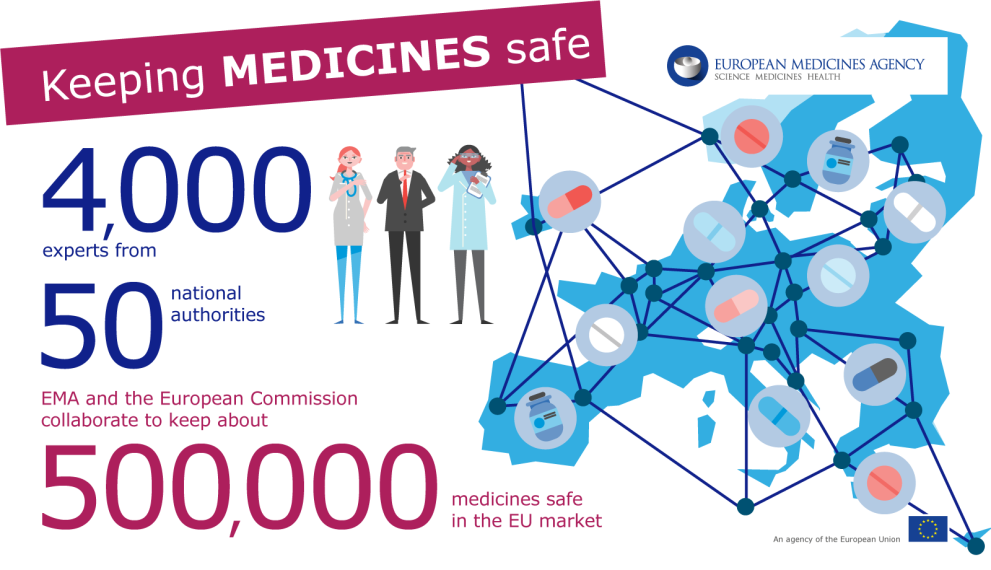European medicines regulatory network
The system for regulating medicines in Europe is unique in the world. It is based on a closely-coordinated regulatory network of national competent authorities in the Member States of the European Economic Area (EEA) working together with the European Medicines Agency (EMA) and the European Commission.
HumanVeterinaryCorporate
